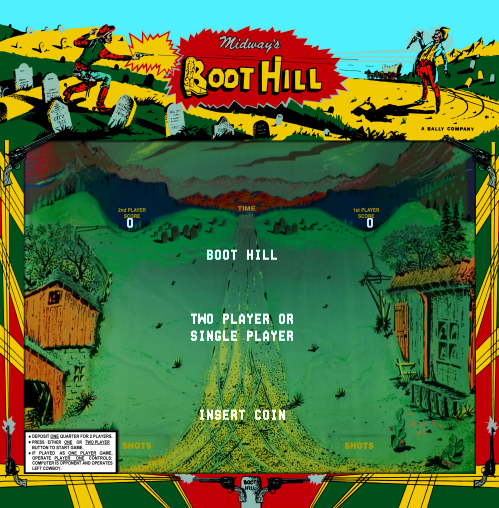At the ripe old age of 51 he suggests that "the young are so very nostalgic", comparing the nostalgia of an older generation as "hoarding" the past. This is a modern reversal of the traditional view that old age is synonymous with "obsessive dwelling on happier former days".
I must admit to being bemused at this notion, which Self states without proof or argument. To me, as someone who works with 16-21 year-olds, surrounded by a range of ages in the staff room, it seems that this phenomenon still inexorably peaks at middle age. (Note to self: must do some research into that.)He postulates that the 20th Century has made it easier, progressively, to create concrete evidence of experiences, citing a number of examples -- which I've categorised as personal (via traditional photos, cine/video cameras, digital cameras or mobile phones), communal (Friends Reunited, Facebook) or societal (e.g. television archives, YouTube & Google Images).
"The hard drive of my computer", says Self, "is overloaded with digital images of the places I've been and the people I've met, all of them time-coded to a 10th of a second." As a professional broadcaster, he also has audio files of conversations dating back 16 years. He can quickly identify the exact date and time of events, and cross-reference them with public events.
For the last 30 years I've had very fond memories of my 14th birthday, when I was taken to see my favourite band (at the time, I should add! -- I got far cooler in my teens): Showaddywaddy, at the Fairfield Halls in Croydon. I remember it vividly because it was one of the happiest moment of my childhood. I also recall that my birthday fell on a Sunday that year, because it coincided with Mothers' Day.
Only it wasn't my 14th birthday.
While meandering around the web I came across the official Showaddywaddy website. To my surprise they had a detailed list of every gig they had ever played, going all the way back to 1973! According to that, the gig I attended took place in 1980, when I was 11 years old.
This suddenly made sense. By 14 I'd gone mad for synthesizer genius Howard Jones, so I wouldn't have been seen dead near the un-coolness of a '70s band famous for 1950s cover songs. So why did I think I was 14 at the time? Who knows?
What's more interesting is that Internet technology has allowed me to accurately place the date of an event which took place 32 years ago, correcting my own mis-remembered version. In addition, last year I downloaded bootleg recordings from a later Howard Jones gig I attended at the Royal Albert Hall in 1985, giving me not only the date & time but also the full set I heard on the night.
Only it wasn't my 14th birthday.
While meandering around the web I came across the official Showaddywaddy website. To my surprise they had a detailed list of every gig they had ever played, going all the way back to 1973! According to that, the gig I attended took place in 1980, when I was 11 years old.
This suddenly made sense. By 14 I'd gone mad for synthesizer genius Howard Jones, so I wouldn't have been seen dead near the un-coolness of a '70s band famous for 1950s cover songs. So why did I think I was 14 at the time? Who knows?
What's more interesting is that Internet technology has allowed me to accurately place the date of an event which took place 32 years ago, correcting my own mis-remembered version. In addition, last year I downloaded bootleg recordings from a later Howard Jones gig I attended at the Royal Albert Hall in 1985, giving me not only the date & time but also the full set I heard on the night.
Finally, with a name-check to Jean Baudrillard (whose ideas were covered in a recent lecture on postmodernism given by James Battersby at UCLan), Self questions whether the nature of past 'reality' is now determined by corporations like Microsoft and Google.
That's an interesting question. The wonder of Google images lets me quickly locate images of a 1978 un-necked, ring-pull Coke can or even a 1980 MB Games Star Bird (sister product to the recently resurrected Big Trak) but I'm often hampered by the search algorithms, which favour "I think I know what you mean" over precision.
Has this easy access to 'images of the past' affected my nostalgia? Yes, definitely.
Is Will Self right? Has digital technology augmented our nostalgia, or is it undermining it? For better or worse, only time will tell.














